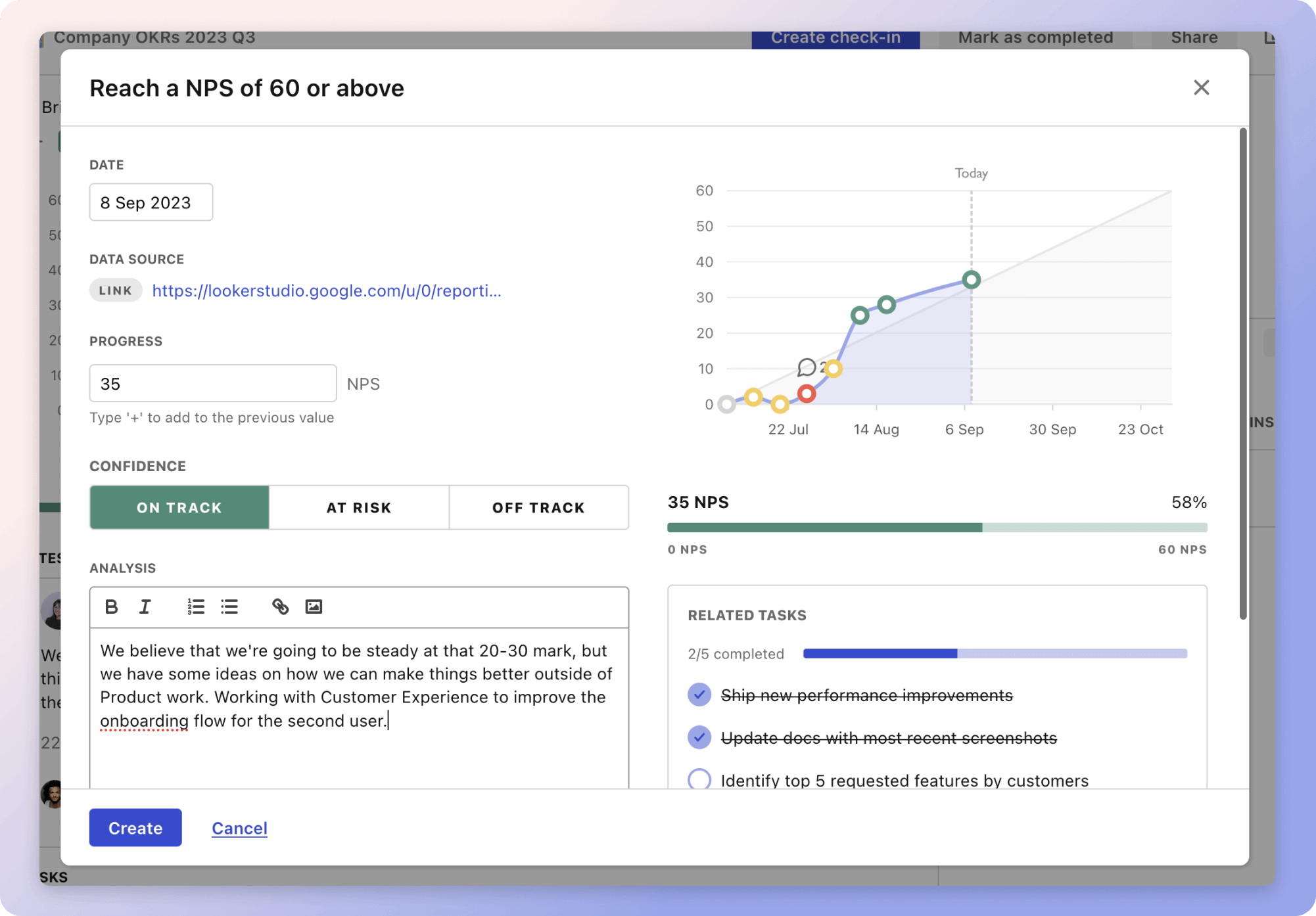The "Implementing a Missional Church Vision" strategy focuses on transforming the church community to reflect the saving grace of Jesus Christ by fostering authentic relationships beyond the church walls. A key approach involves assembling a dedicated missional leadership team. This team is responsible for creating roles, setting benchmarks, and gathering regular feedback. For example, they might conduct workshops and prayer meetings to align leadership with the church's vision.
Another critical part of the strategy is developing and communicating a well-defined missional vision. This involves drafting a new vision statement, running sermon series, and using various communication platforms to reach the congregation. The aim is to engage church members actively via vision-casting events and incorporate their feedback.
The strategy also emphasizes empowering action and measuring progress with Key Performance Indicators (KPIs). By establishing a process for missional project proposals, providing training, and launching pilot projects, the church can track success and encourage participation. Success stories and a reward system further motivate the congregation to take meaningful actions aligned with the missional vision.
The strategies
⛳️ Strategy 1: Form a dedicated missional leadership team
- Share the 'Mission Gap' report with the leadership team
- Define roles and responsibilities for the 'Missional Leadership Team'
- Set a target date to launch the leadership team
- Conduct a workshop to explore the concept of a missional church
- Create a communication plan to share the vision with the broader church community
- Organise regular prayer meetings focusing on leadership and vision alignment
- Identify key leaders within the congregation who can champion the mission
- Develop a set of initial goals and benchmarks for the leadership team
- Establish a cycle of regular feedback and evaluation for the team
- Celebrate the official launch of the 'Missional Leadership Team'
⛳️ Strategy 2: Develop and communicate a clear missional vision
- Draft a new vision statement emphasising missional discipleship
- Plan a 6-week sermon series to introduce 'Mobiology' ethos
- Host vision-casting events for different church groups
- Utilise various communication platforms to spread the vision
- Create visual aids reinforcing the church's missional identity
- Engage congregation members in interactive sessions to discuss the vision
- Align all church activities and programs with the new vision
- Incorporate testimonies of missional living into weekly services
- Work with ministry leaders to integrate the vision into their plans
- Solicit feedback from the congregation on the resonance of the vision
⛳️ Strategy 3: Empower action and measure progress with KPIs
- Develop a 'Missional Project Proposal' process for member initiatives
- Equip members with training sessions on missional living
- Establish KPIs aligning with the Mobiology ethos
- Review and refine current departmental structures to support mission orientation
- Launch pilot missional projects and evaluate their impact
- Document success stories and share them with the congregation
- Create a support network for members leading missional efforts
- Implement a rewards system for significant missional contributions
- Conduct regular review meetings to assess progress against KPIs
- Pray for guidance and divine opportunities in implementing these initiatives
Bringing accountability to your strategy
It's one thing to have a plan, it's another to stick to it. We hope that the examples above will help you get started with your own strategy, but we also know that it's easy to get lost in the day-to-day effort.
That's why we built Tability: to help you track your progress, keep your team aligned, and make sure you're always moving in the right direction.

Give it a try and see how it can help you bring accountability to your strategy.
